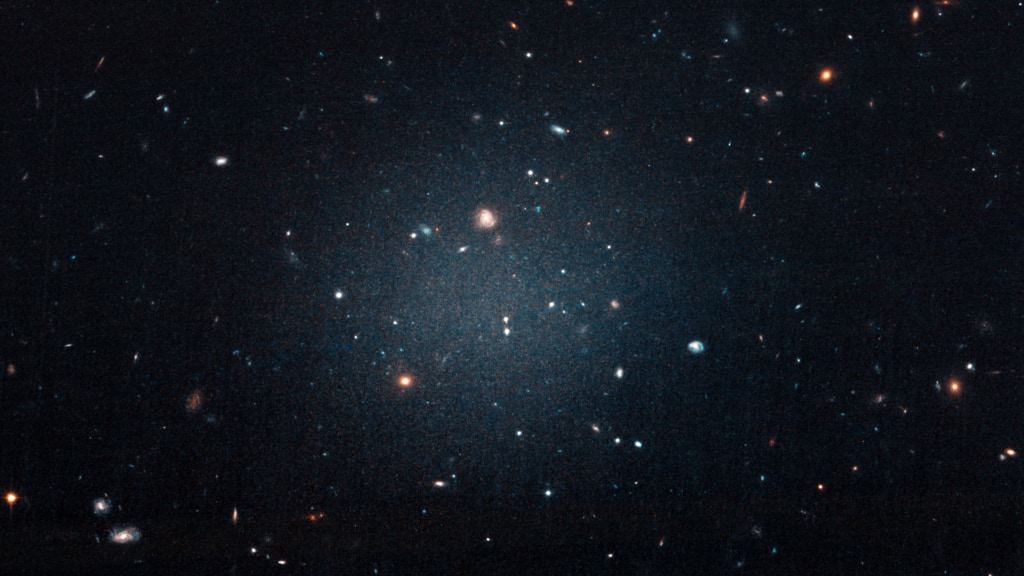Hubble's World
Spiral galaxies, exploding stars and distant planets are just some of the amazing scenes the Hubble Space Telescope has captured since its launch in 1990. Now in its 25th year of operations, the spacecraft continues to provide stunning views of celestial objects in the Milky Way and beyond. Of the more than 1 million observations in Hubble's catalog, it's hard to select a handful of exposures that stand out among the rest. But here we present a collection of five spectacular images that made the top of our list.

NASA's Hubble Space Telescope proves the universe is full of wonders.

UGC 1810 is a spiral galaxy located 300 million light-years away. Its warped disc is likely the result of a collision with another galaxy.

Trumpler 16 is a cluster of stars found within the Milky Way. The two largest stars above are more luminous than our sun.

Particles emitted by stars help shape the magnificent clouds of gas and dust that form the Carina Nebula.

M106 is a spiral galaxy about 23 million light-years from Earth. At its center is a supermassive black hole.

The wings of the Butterfly Nebula span three light-years and are made up of gases released over two millennia by a dying star.
Credits
Please give credit for this item to:
NASA's Goddard Space Flight Center
Cover image courtesy of NASA/ESA/Vanderbilt University/C.R. O'Dell and STScI/M. Meixner, P. McCullough, G. Bacon
UGC 1810 image courtesy of NASA/ESA/STScI/AURA
Trumpler 16 image courtesy of NASA/ESA/Instituto de Astrofísica de Andalucía, Spain/Jesús Maíz Apellániz
Carina Nebula image courtesy of NASA/ESA/STScI/AURA/University of California, Berkeley/N. Smith
M106 image courtesy of NASA/ESA/STScI/AURA/R. Gendler/J. GaBany
Butterfly Nebula image courtesy of NASA/ESA/Hubble
-
Writer
- Kristen Basham (NASA/GSFC)
Release date
This page was originally published on Tuesday, July 22, 2014.
This page was last updated on Wednesday, May 3, 2023 at 1:50 PM EDT.
